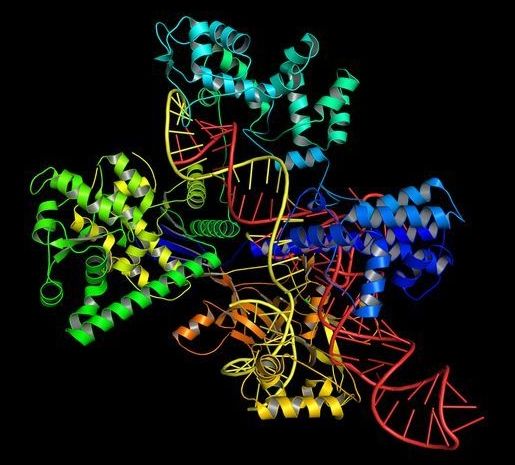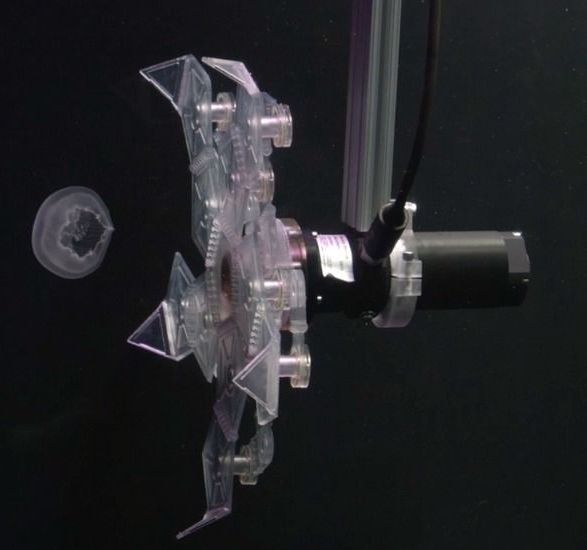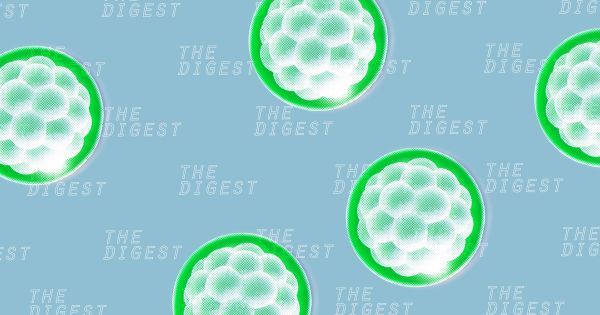Jul 19, 2018
Time for the Meghalayan: A new geological age has officially been declared
Posted by Genevieve Klien in category: futurism
After years of debate, the International Chronostratigraphic Chart has officially been revised. What does that mean, exactly? Our current point in Earth’s geological timeline has been updated so that we’re now living in the Meghalayan age, which kicked off 4,200 years ago with a catastrophic two-century drought that destroyed several civilizations.


















